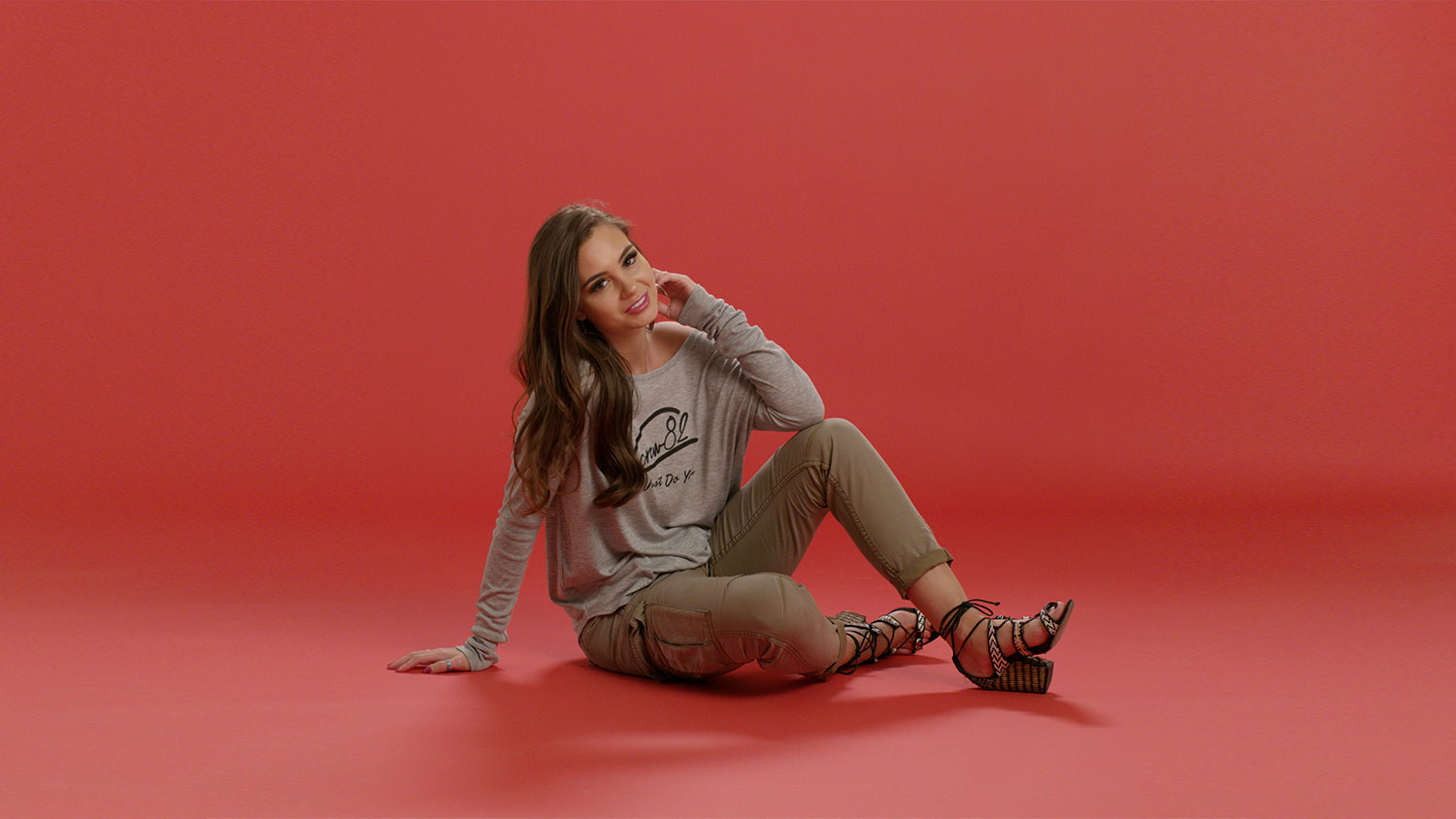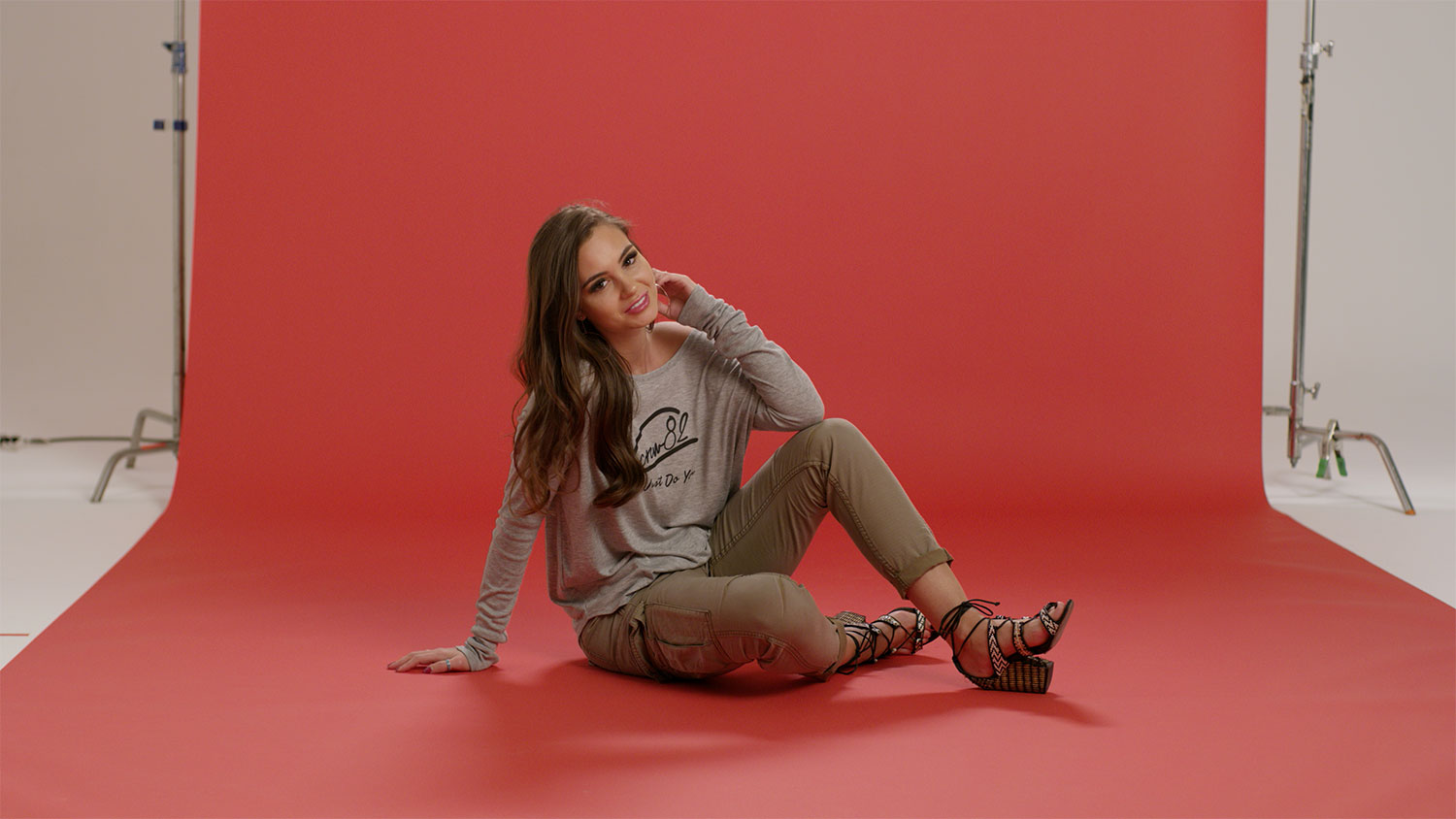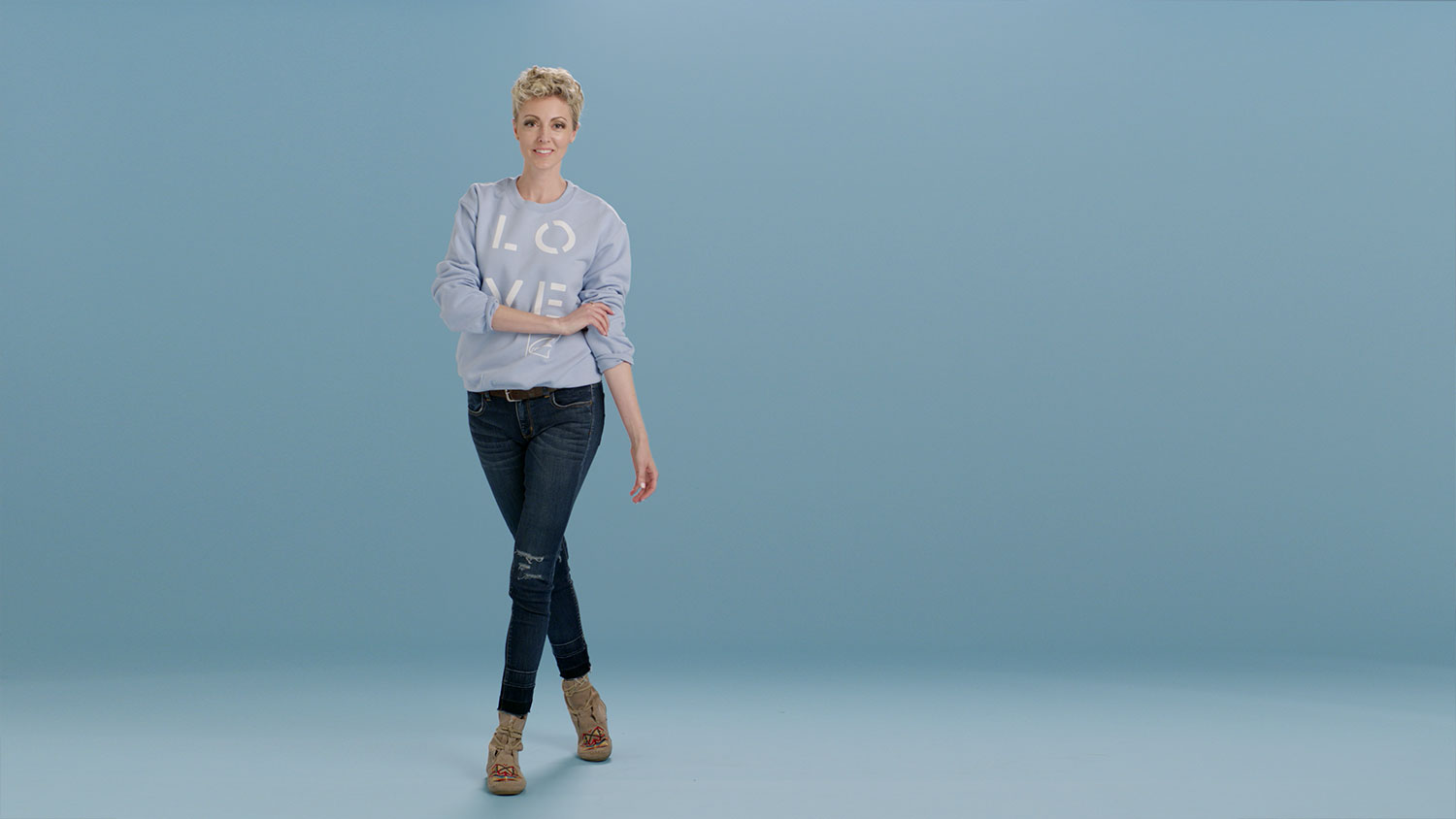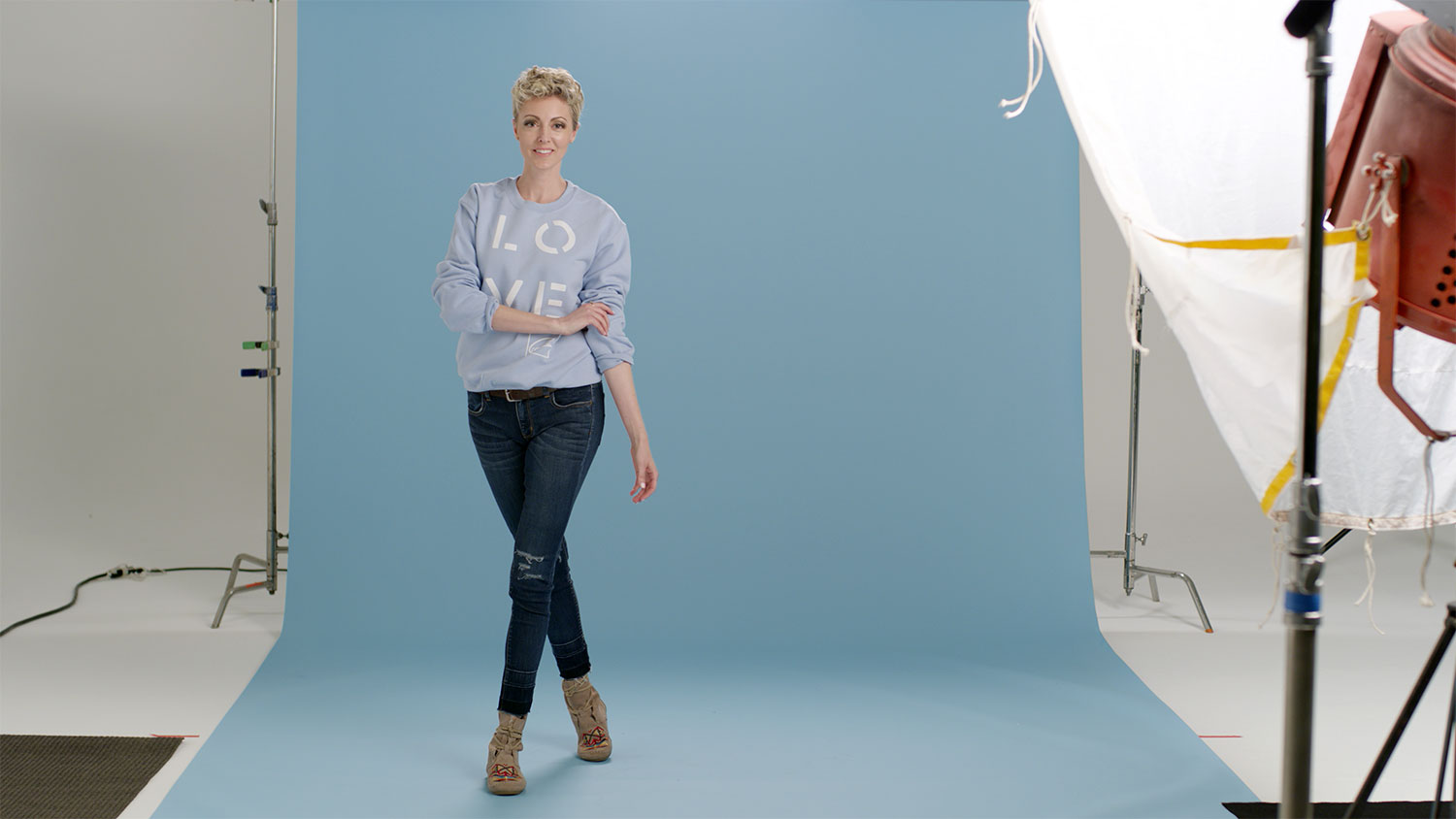Had an opportunity this past week to DP for a director I'd met earlier this year. We'd stayed in touch and a few weeks ago he and his producer reached out about a corporate project. It'd be a straight forward internal project for one of their corporate clients with employee interviews and b-roll. We'd planned on shooting with one camera but ended up adding a second to help with the interview edits. Camera-wise, we'd be on two RED Weapon Heliums with Cooke S4 lenses shooting 4k ProRes for the interviews and .r3d files for our b-roll.
The shoot was broken up over two days. We had a dedicated room for our interviews, but due to scheduling we'd need to clear the space at the end of each day. Surely this isn't rocket science and I'm not sure where I'd picked it up, but one of my go-tos is taking panorama photos of the setups from multiple angles in the room with my iPhone or iPad. I'll take those photos into the GoodNotes app on my iPad and write down whatever notes I'll end up needing. Typically I'll include the measurements as to where cameras, lights, and interview chairs will be as well as any kind of camera (T-stops, filters, ISO, color temps, etc) and lighting information (color temp, intensity, etc.). Obviously this was key in keeping consistent the second day with interview setup.
Also, it was the first time I'd worked with the AC and my camera package, so it was helpful (to me at least) to be able to send him my gear and a photo of how it's all packed. Helpful too being able to check each item off as it was re-packed and back in its place following the shoot.
Also, in having a two camera setup I was able to have two SmallHD 702s mounted to my camera setup (tight shot with a 100mm) so I could monitor both cameras while also operating one. The wide shot was on a 50mm at a T4 and the interviewee was seated at 10'-13'-ish from the camera so I wasn't worried about losing focus if they moved around a bit. This ended up saving our tails at one point because we had a power failure on the wide shot, I caught the problem immediately, and we were able to pause the interview. Having the two monitors side by side was also helpful in being able to judge both camera exposures from one place vs. running back and forth between cameras while the gaffer and swing made adjustments. We did have a larger client monitor with both camera feeds, but that lived in another room. Crazy thanks to the crew for making sure everything went smooth.
DP: Tanner Herriott
AC: Ryan Nocella
GAFFER: Rob Bevis
SWING: Andrew Landreville





























